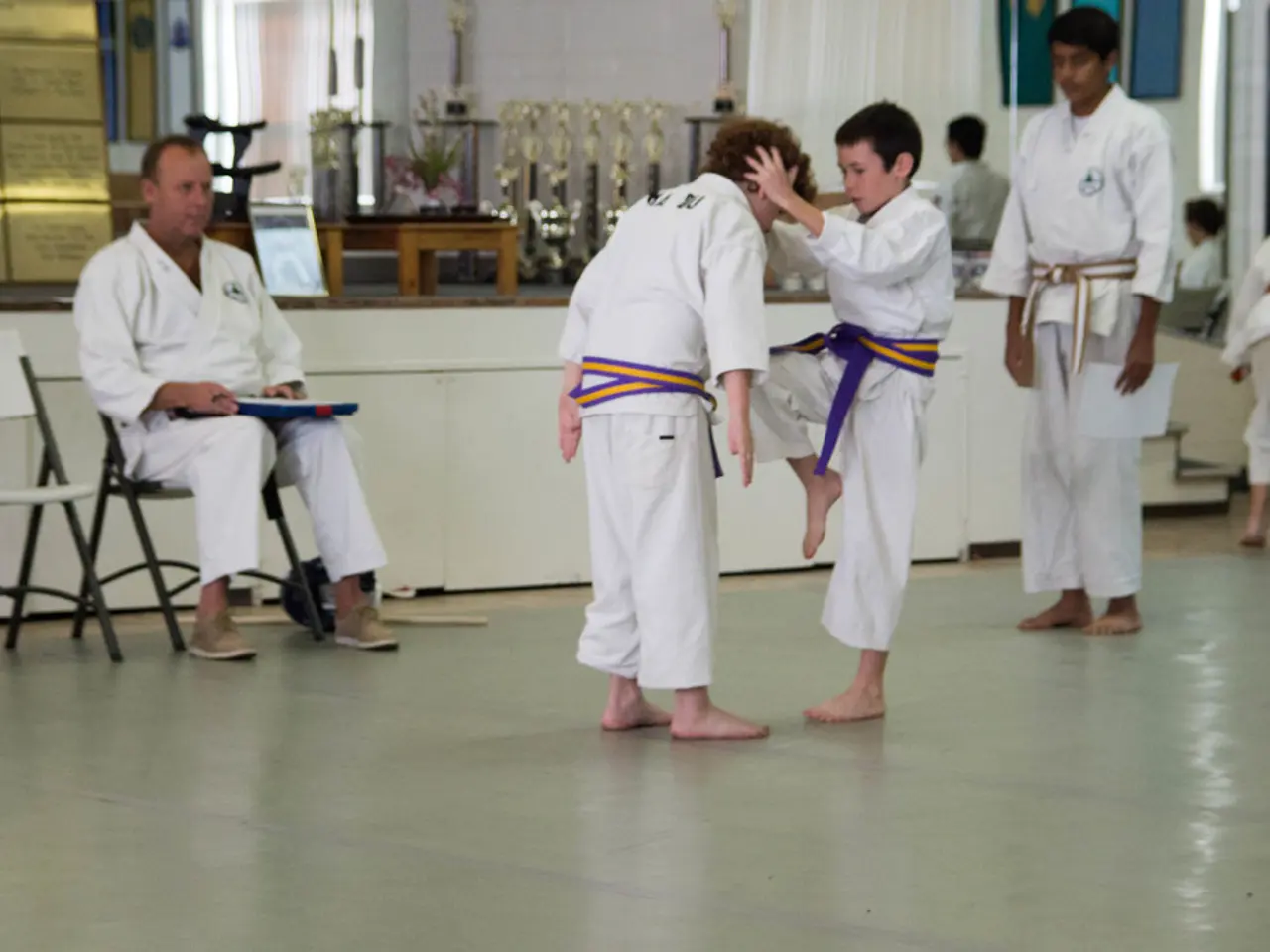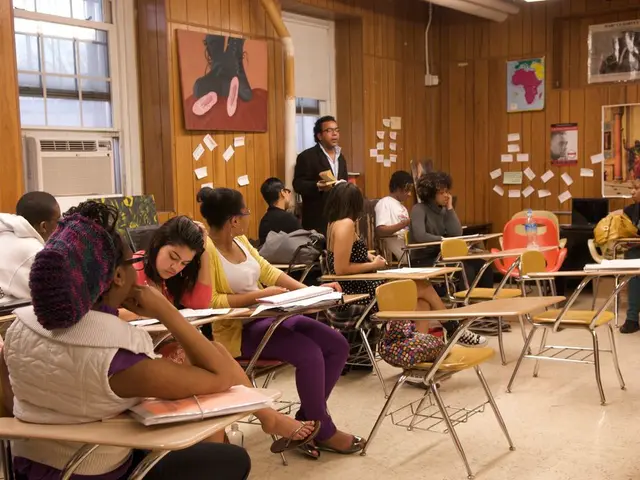Exploring Lasting Imprints: How Childhood Inquisitiveness Shapes Our Future
In childhood, curiosity plays a pivotal role in shaping adult intelligence, decision-making, and creativity. Adults who were encouraged to be curious as children tend to approach unfamiliar problems with confidence, view mistakes as part of the learning process, and have healthier cognitive function later in life.
This foundational role of early childhood curiosity is rooted in fostering initiative, resilience, and motivation to learn. Children who develop strong curiosity and initiative during early psychosocial stages grow into self-assured and independent adults, better equipped for problem-solving and creative thinking.
During the ages of 3 to 5, children enter Erik Erikson's "Initiative vs. Guilt" stage, where encouraging curiosity and independent action helps build confidence and decision-making abilities that persist into adulthood. Early learning environments that nurture curiosity through play, socialisation, and hands-on exploration also help develop critical thinking skills and motivation, essential for lifelong learning.
However, if childhood curiosity was stifled or lost, it's not gone; it's just sleeping and can be reignited through small acts. Adults can engage in new and challenging experiences, adopt a growth mindset, create supportive environments, and reconnect with social learning opportunities to rekindle their curiosity.
New and challenging experiences stimulate the brain's neuroplasticity, allowing the brain to adapt and strengthen neural connections that underpin intelligence. Learning a new skill, exploring creative pursuits, or solving novel problems can all contribute to this process.
Adopting a growth mindset, where one understands that intelligence and creativity can be developed through effort over time, encourages persistence and openness to new ideas, further fueling curiosity.
Creating supportive environments that foster experimentation and reduce fear of failure, reminiscent of how encouragement in childhood nurtures initiative, can also help reignite curiosity. Interactive and collaborative contexts often promote curiosity and motivation.
Revisiting childhood questions can guide adults back into a mindset where learning is joyful, where questions are more important than answers, and where the pursuit of knowledge never has to end. This approach can help adults maintain a lifelong love for learning and continue to strengthen their cognitive abilities.
The adult brain can still form new neural connections, a process called neurogenesis. Adults may explore the benefits of certain brain health supplements to aid in focus and mental energy. Curiosity, like lifting weights, strengthens cognition and can help with memory, mood, and problem-solving.
Many adults turn to routines that challenge their thinking to support neurogenesis. Adults who were encouraged to be curious as children gravitate toward careers that involve research, innovation, or education, further demonstrating the long-term impact of childhood curiosity on adult life.
In summary, early childhood curiosity significantly impacts adult cognitive and creative capacities by establishing a resilient and motivated mindset. Later-life curiosity can be rekindled by embracing new learning opportunities, fostering growth mindsets, and engaging socially in stimulating challenges. By doing so, adults can maintain a sharp mind, a creative spirit, and a lifelong love for learning.
[1] Erikson, E. H. (1963). Childhood and Society. W. W. Norton & Company. [2] Dweck, C. S. (2006). Mindset: The New Psychology of Success. Ballantine Books. [3] Gardner, H. (1993). Frames of Mind: The Theory of Multiple Intelligences. Basic Books. [4] Piaget, J. (1952). The Origins of Intelligence in Children. Routledge & Kegan Paul. [5] Vygotsky, L. S. (1978). Mind in Society: The Development of Higher Psychological Processes. Harvard University Press.
- Nurturing curiosity in early childhood sets the foundation for adult cognition, decision-making, and creativity.
- Encouraging initiative and independent action in childhood helps build lifelong confidence and strong decision-making abilities.
- Early learning environments that foster curiosity through play, social interaction, and exploration contribute to the development of critical thinking skills and motivation.
- If childhood curiosity was stifled, it can be reignited through new and challenging experiences, a growth mindset, and supportive environments.
- Neuroplasticity, the brain's ability to adapt and strengthen neural connections, is stimulated by learning new skills, exploring creative pursuits, or solving novel problems.
- Adopting a growth mindset encourages persistence and openness to new ideas, further fueling curiosity.
- Supportive environments that foster experimentation and reduce fear of failure promote curiosity and motivation.
- Revisiting childhood questions and adopting a mindset where learning is joyful can help adults maintain a lifelong love for learning and improve cognitive abilities.
- Adults can use brain health supplements to aid focus and mental energy, strengthening cognition and improving memory, mood, and problem-solving.
- Many adults who were encouraged to be curious as children gravitate toward careers involving research, innovation, or education, demonstrating the long-term impact of childhood curiosity on adult life.
- By embracing new learning opportunities, fostering growth mindsets, and engaging socially in stimulating challenges, adults can maintain a sharp mind, a creative spirit, and a lifelong love for learning.
References:[1] Erikson, E. H. (1963). Childhood and Society. W. W. Norton & Company.[2] Dweck, C. S. (2006). Mindset: The New Psychology of Success. Ballantine Books.[3] Gardner, H. (1993). Frames of Mind: The Theory of Multiple Intelligences. Basic Books.[4] Piaget, J. (1952). The Origins of Intelligence in Children. Routledge & Kegan Paul.[5] Vygotsky, L. S. (1978). Mind in Society: The Development of Higher Psychological Processes. Harvard University Press.




